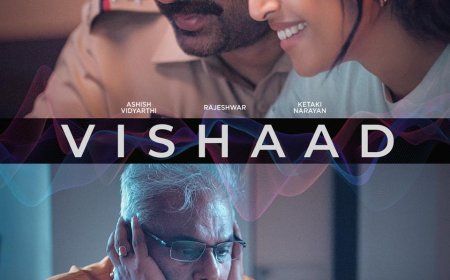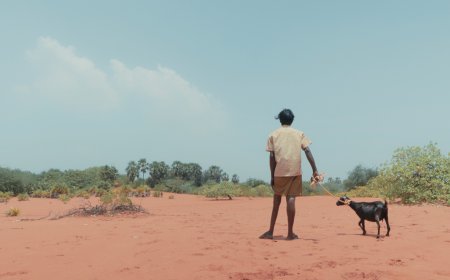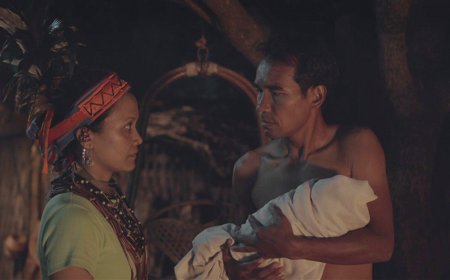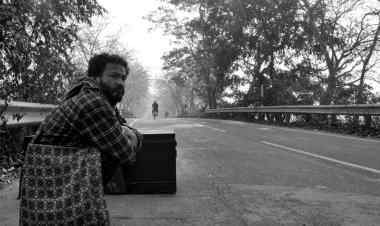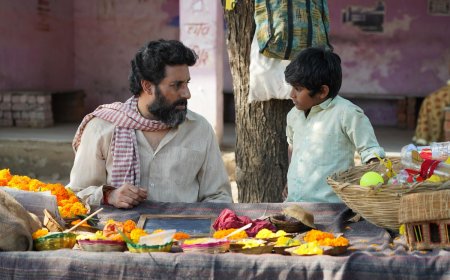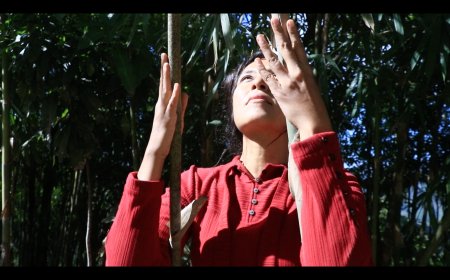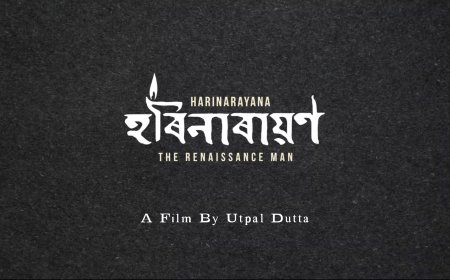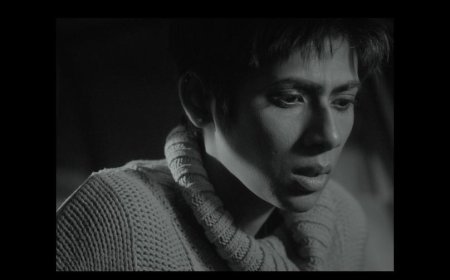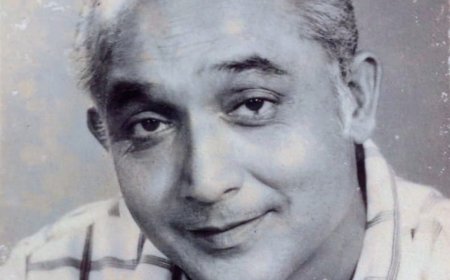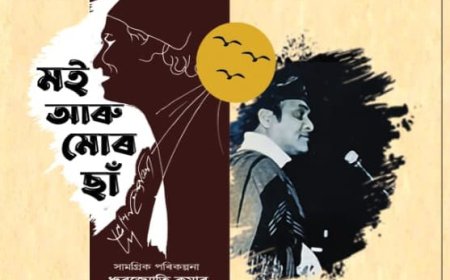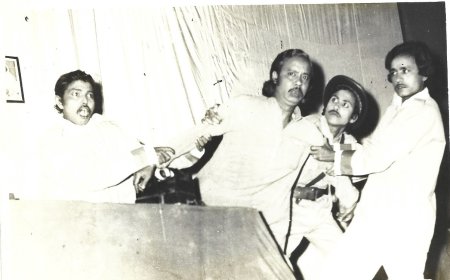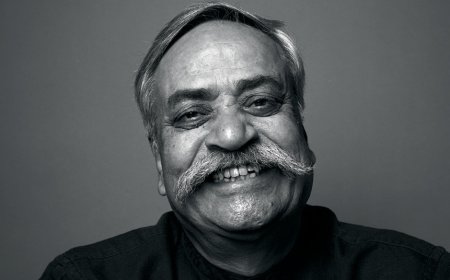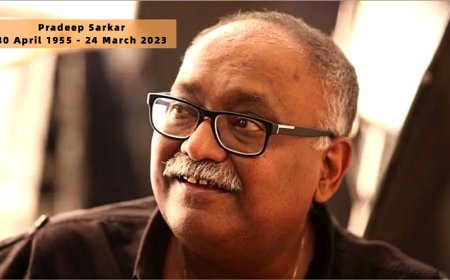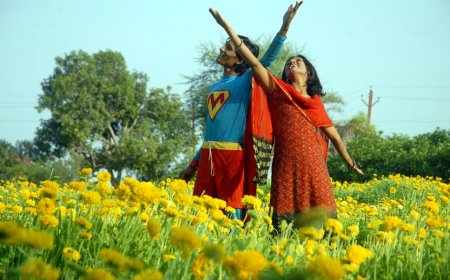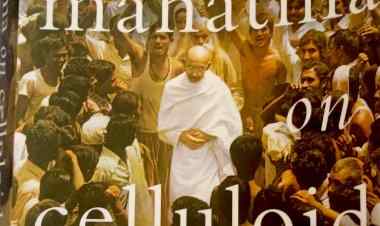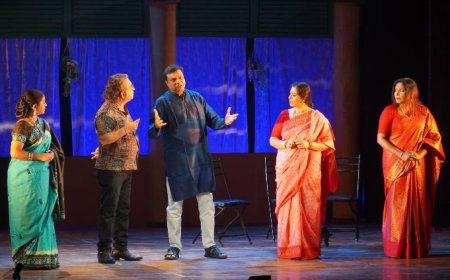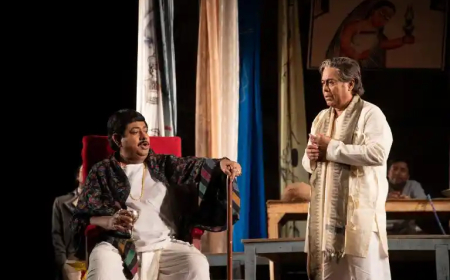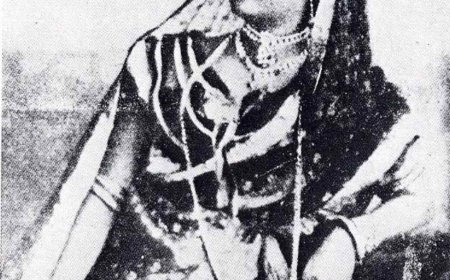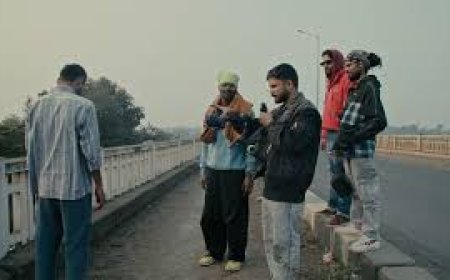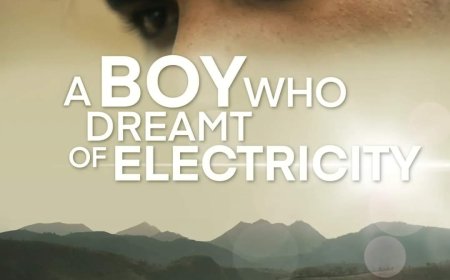Review: Hati Bondhu
Dipankar Sarkar provides a comprehensive review of the documentary "Hati Bondhu" by Kripal Kalita that highlights the conflict between humans and elephants in Assam due to habitat destruction and human greed.
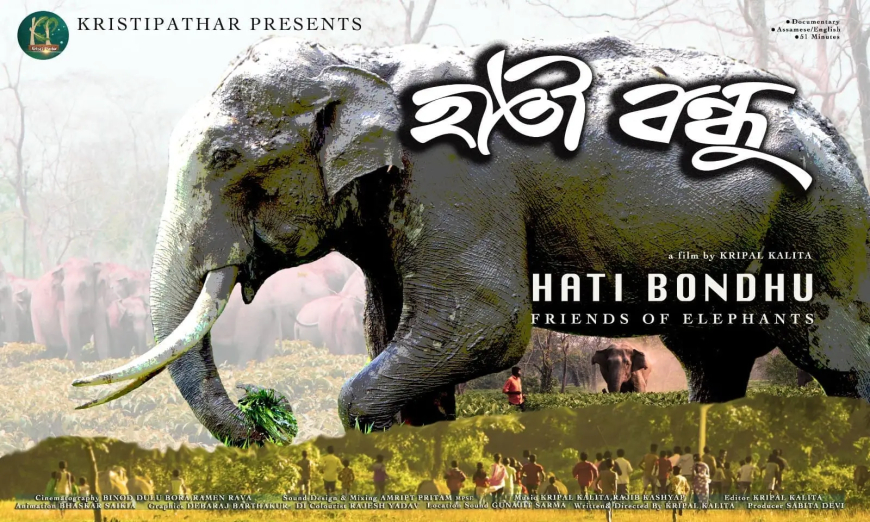
A forest is a habitat for animals to reside peacefully and survive harmoniously with other creatures. It is an arrangement made by Mother Nature so that the lives of these creatures can thrive in intricate balance within the flora and fauna of biodiversity. However, the continuous destruction of natural resources by humans has disrupted this balance. Thus, facing an acute shortage of food, the helpless animals are compelled to intrude into human habitats. Such dire situations give rise to conflict between humans and animals, resulting in massive destruction. Kripal Kalita’s documentary Hati Bondu starkly illustrates this conflict and makes us confront the devastating consequences of human encroachments on wildlife habitats.
The documentary follows the efforts taken by Pradip Kumar Bhuyan, an IIT graduate and environmentalist, who has begun an organisation called Hati-Bondhu to ensure the survival of wild elephants by addressing the depleting food security experienced by elephants in Assam. To prevent the elephants from invading the paddy fields, Bhuyan and his team members convinced the villagers to cultivate paddy for elephants separately. The villagers were reluctant in the beginning but were later convinced to give it a try. By doing so, they can control the ongoing conflict between them and the elephants through non-violence.
As a documentary, Hati Bondh raises the burning issue of how the greed of humans has given rise to situations that have made the lives of elephants in forests in Assam a disaster. As the elephants move out of the safe and serene comforts of their forests into the human population they meet with atrocious behavior from the humans. Visuals of villagers chasing the elephants as they run for their lives. Their giant bodies lie on the ground after getting electrocuted. Their lifeless bodies being axed before the burial or carried in a crane makes us feel sorry about the plights of these helpless animals.
Under such bleak and threatening environments, the philanthropic efforts of Pradip Kumar Bhuyan and his team's tireless work serve as a ray of hope. We observe them attempting to convince villagers to cultivate paddy plantations for elephants, only to be met with resistance despite numerous meetings. But they are not someone to be discouraged by rejections. They try to convince the female folks of the village and hit the bull’s eye. By showing their presence of mind the team proves that when there is a will there's a way. Their enthusiasm towards their work is a revolutionary story of a team who was ready to go to any length to minimize the conflict between the villagers and the elephants. There is a solid genuineness between the characters and what they are doing to preserve the lives of the elephants. The documentary also unravels the social economic structure of the village and explores the transition of an entire village from chasing the elephants to becoming their well-wishers.
Kripal Kalita and his team deserve kudos for making such an important and socially aware documentary that raises critical questions about the distances between man and the wild. It allows us to feel ashamed of how our greed has wreaked havoc on the lives of animals. It's time we better check our actions and strive for a more harmonious coexistence with nature.
What's Your Reaction?







